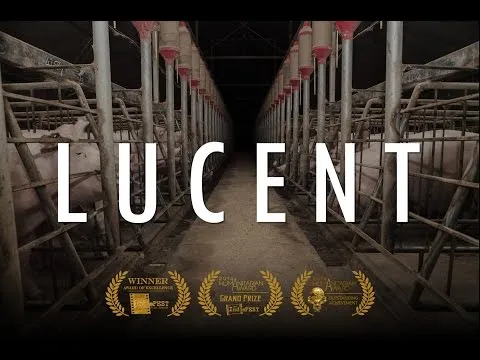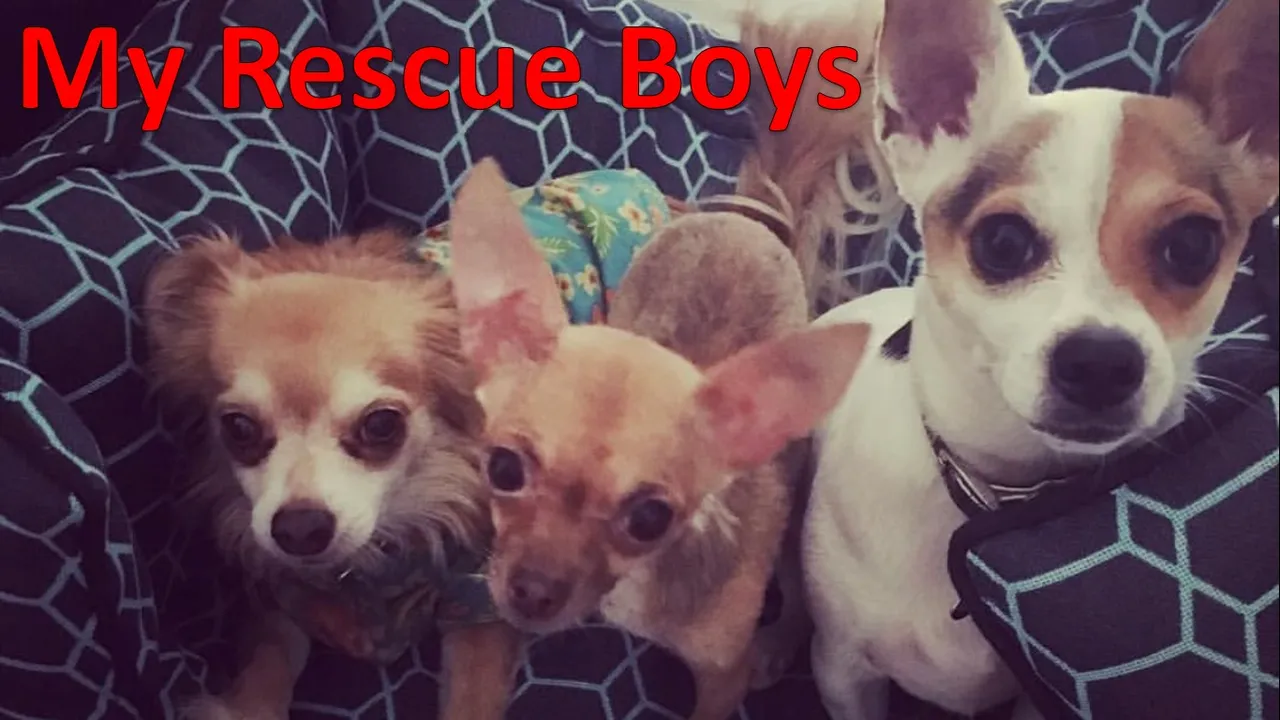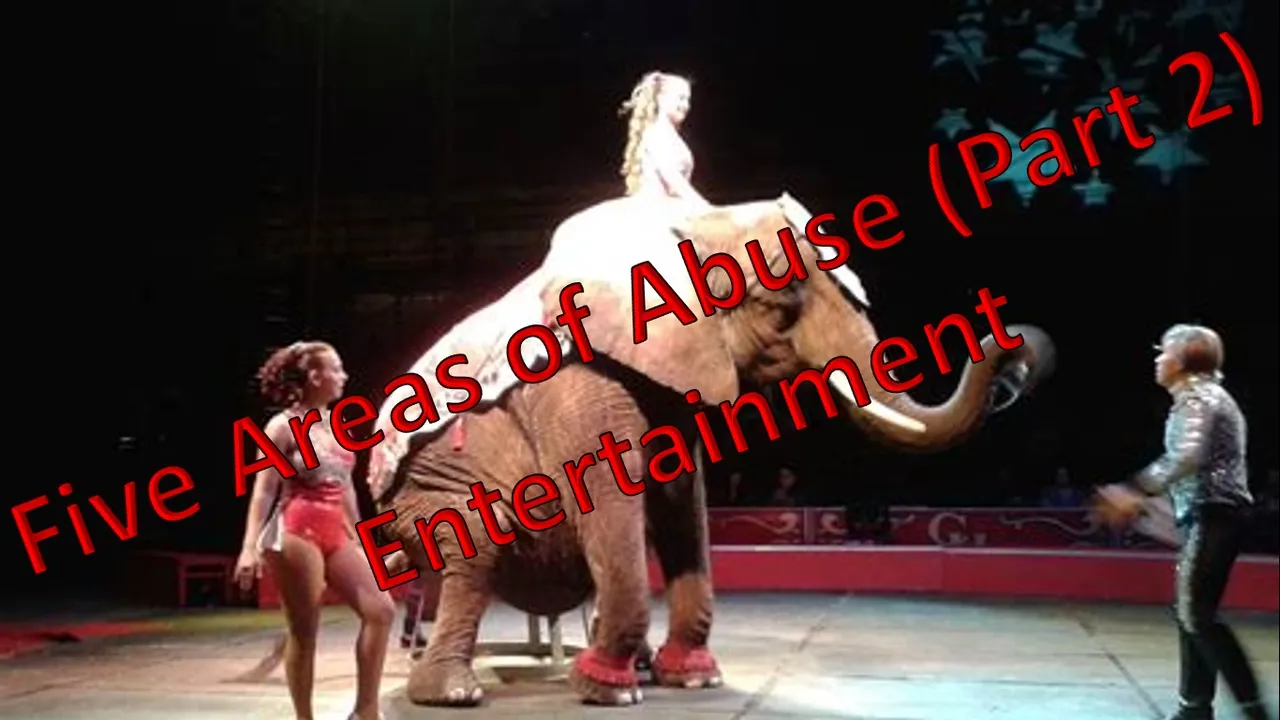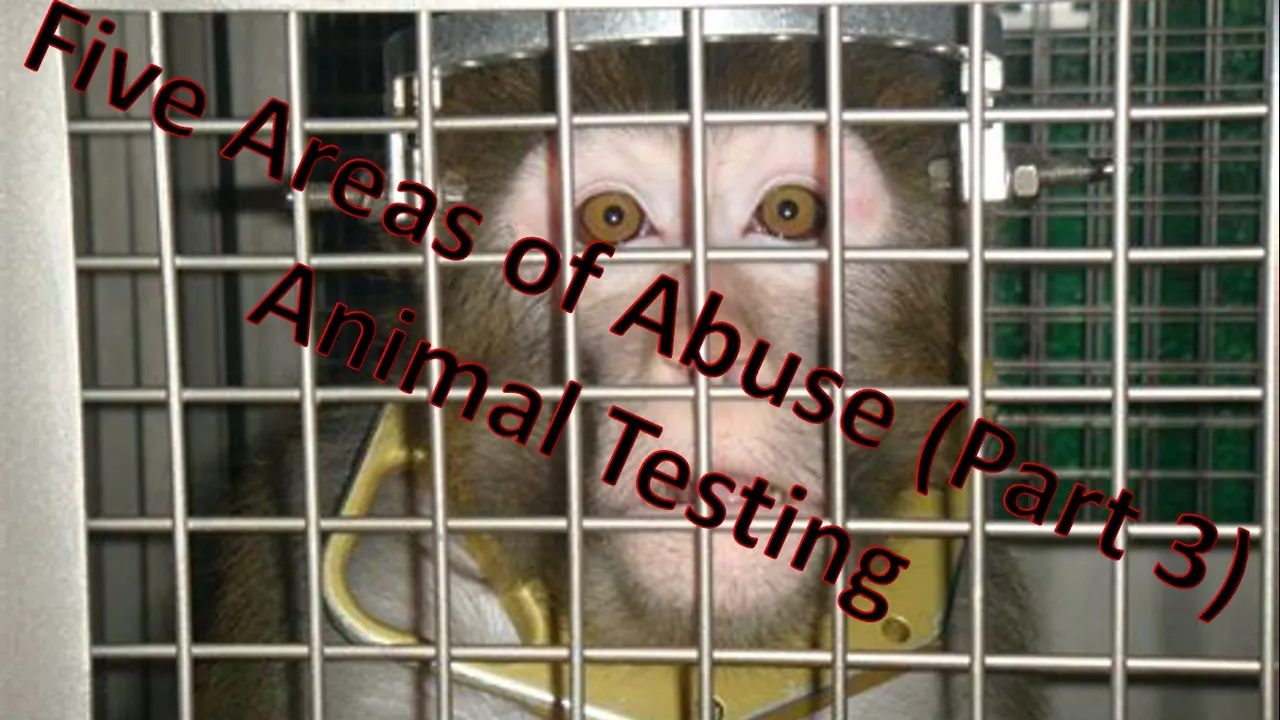Hi Everyone,
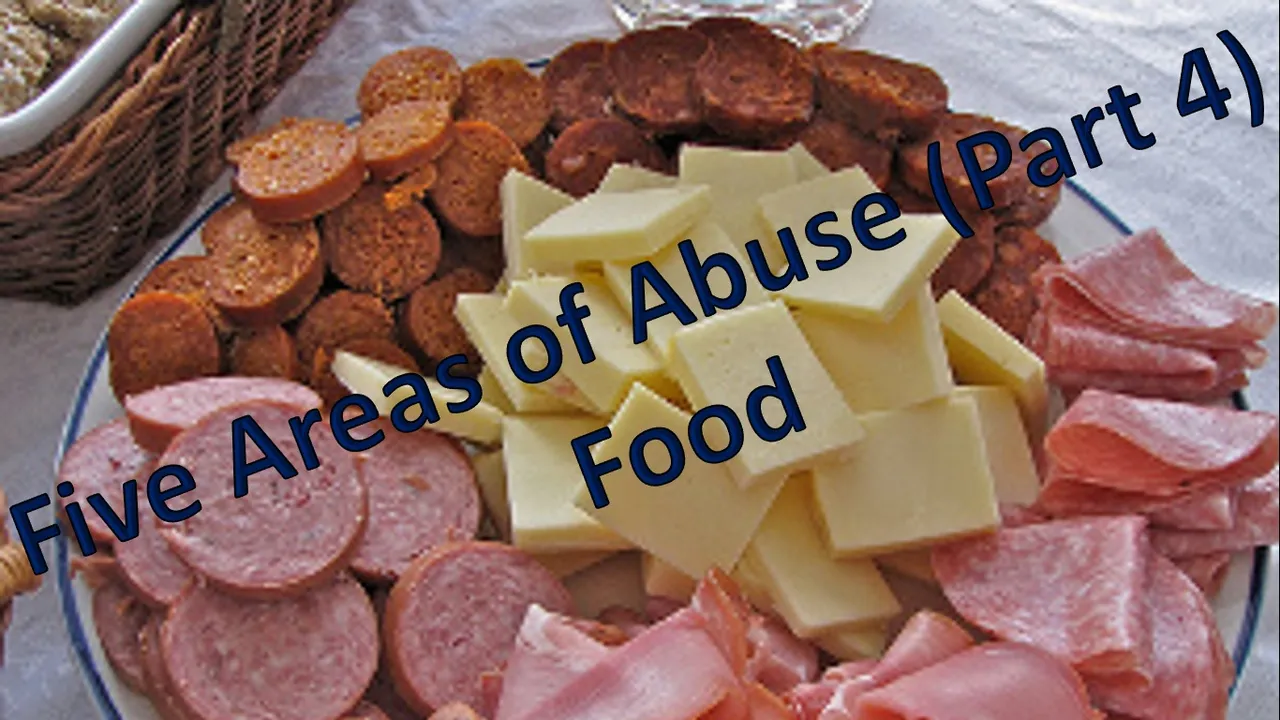
My vegan economics journey progresses with Part 4 of my series ‘five areas of abuse’. The five areas of abuse are based on the five areas identified in the documentary ‘Earthlings’. This series focuses on understanding the problem as well as the extent of the problem of animal abuse in the world.
Brief Recap
The ‘five areas of abuse’ focused on in this series are as follows:
- Pets
- Entertainment
- Science (animal testing)
- Food
- Clothing
In Part 1, I covered pets. I focused on abuse that takes place in puppy mills and the extent of abandonment of pets. In Part 2, I covered the entertainment industry and the extent of abuse that takes place in so many areas such as horse racing, circuses, cock fighting, animal rides and many more. In Part 3, I covered animal testing. I focused on animal testing relating to the medical industry, cosmetics industry as well as teaching and education.
I have provided links to the first 3 parts at the end of the post.
Abuse in the food industry
In Part 4, I will investigate the food industry. I will take a look at animals that are used as meat as well as animals that are exploited for their secretions such as milk, eggs, and honey. The animals I will investigate in regards to meat are as follows:
- Pigs
- Cows
- Chickens
- Fish
The animals I will investigate in regards to secretions are as follows:
- Chickens
- Cows
- Bees
Meat
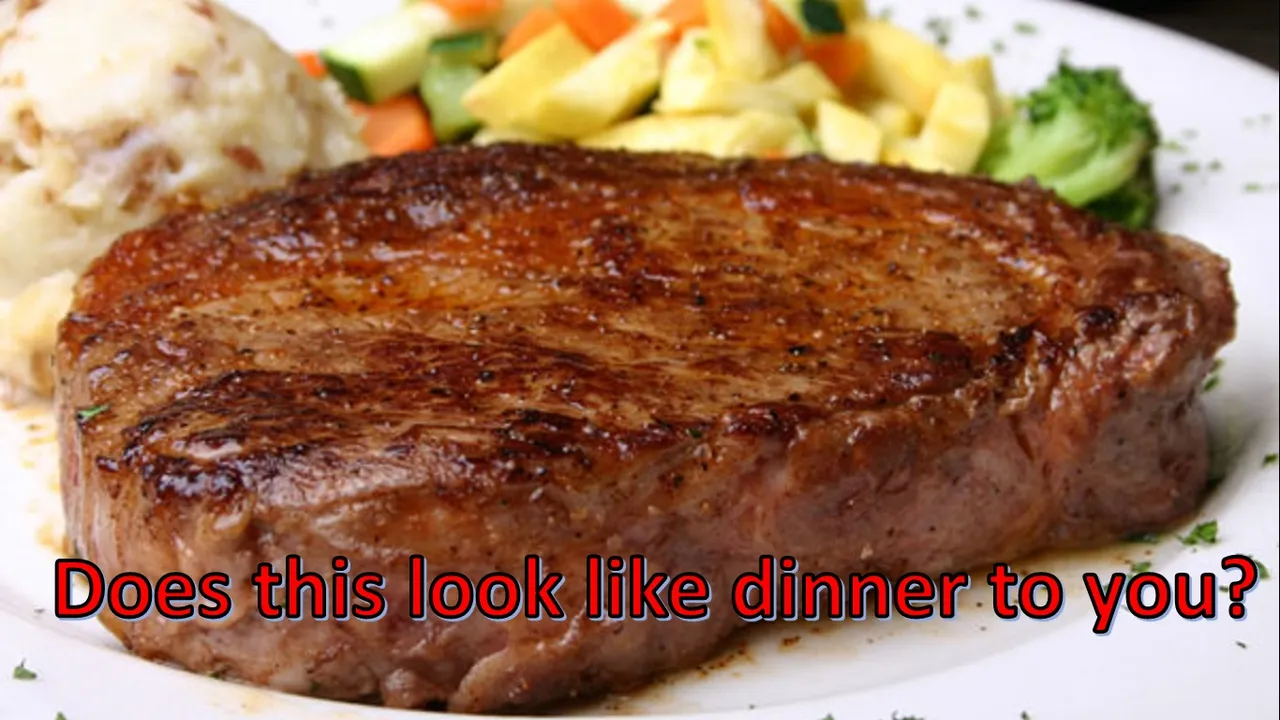
Majority of the people in the world have omnivore diets. Eating meat is accepted as being a natural part of life and many people do not spend much time thinking about where their food comes from or what their food experiences before and during slaughter. This post will explain the abuse that animals experience before their body parts get on the plate.
Pigs
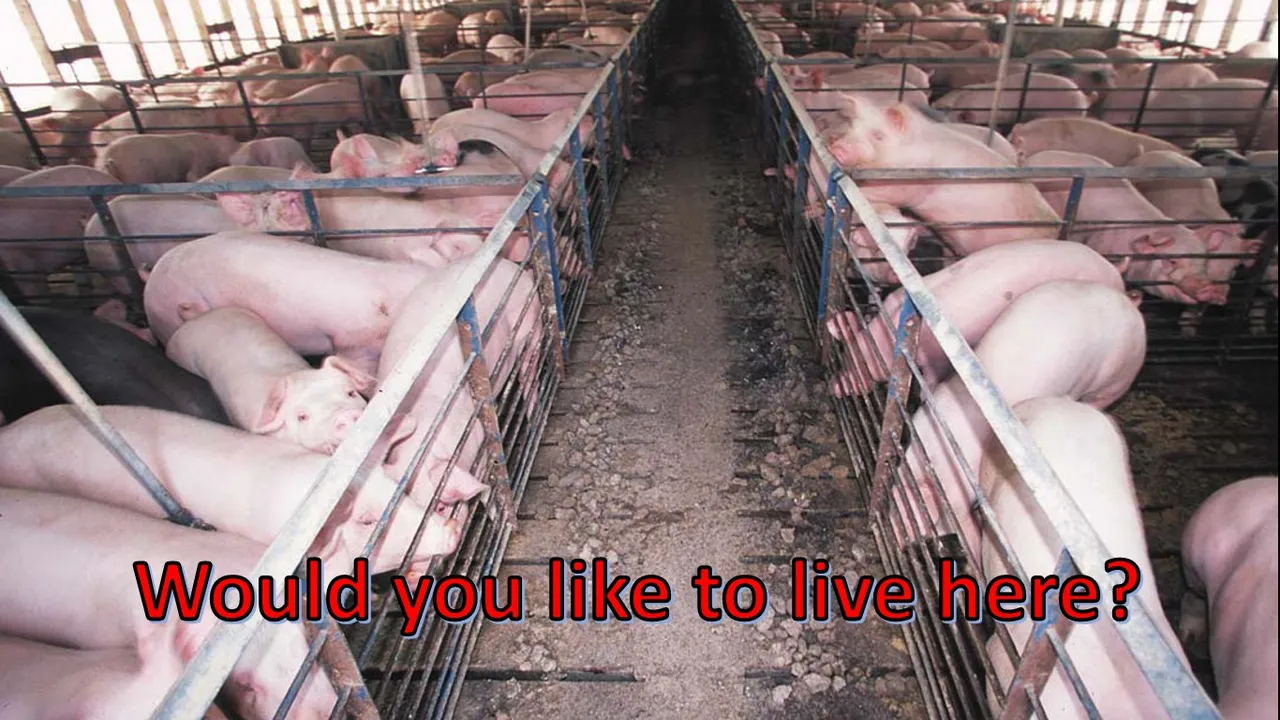
Pigs are reared and killed for meat in many countries. Pigs are highly intelligent animals and considered by many animal behaviourists to be more intelligent than dogs. When living in the wild, pigs like to play and explore their surroundings. They are also very social and sensitive animals Source.
Pigs kept on factory farms are deprived of any freedom but instead are confined to small and dirty conditions. Sows are kept in tiny creates which are even too small for her to even turn around. Piglets are taken away from their mothers just weeks after birth. These piglets have their tails cut off and the ends of their teeth clipped off. Male piglets have their testicles removed without any painkillers. The removal of their testicles often results in herniated intestines. Sick and injured pigs are often left to suffer without any veterinary care Source.
The transportations of pigs to slaughterhouses involves pigs being transported in crowded vehicles which are sometimes required to travel long distances. Many pigs suffer from serious dehydration; some of them even die Source.
The killing of pigs can be exceedingly cruel as well. Many pigs are alive when put in boiling water which is used to soften their skin and remove their hair. Pigs have also been known to be painfully gassed to death in chambers Source.
The documentary ‘Lucent’ demonstrates the treatment of pigs on Australian farms. Below is the link to the documentary, which can be watched on YouTube. I strongly urge everyone to watch this video.
Cows
Cows (Cattle) are another animal commonly killed in many countries for food. In the USA, 29 million cows a year suffer in the meat and dairy industries. Many cows are branded with hot irons and dehorned by gouging,burning or cutting of horns. Bulls have their testicles removed without painkillers. Once the cows have grown large enough, they are taken to feedlots where they are fattened before slaughter Source.

Approximately 90% of cows in the USA are given growth hormones Source.
The increase in weight can be very hard on the cow’s body. This often leads to pain, illness and sometimes death Source.
Cows are eventually crammed onto trucks and taken to be slaughtered. Cows are normally not fed or given water while being transported. At the slaughterhouses, cows are shot in the head with a bolt gun. Sometimes cows survive being shot and suffer through the killing process where they have their throats cut, skinned then gutted Source.
Chickens
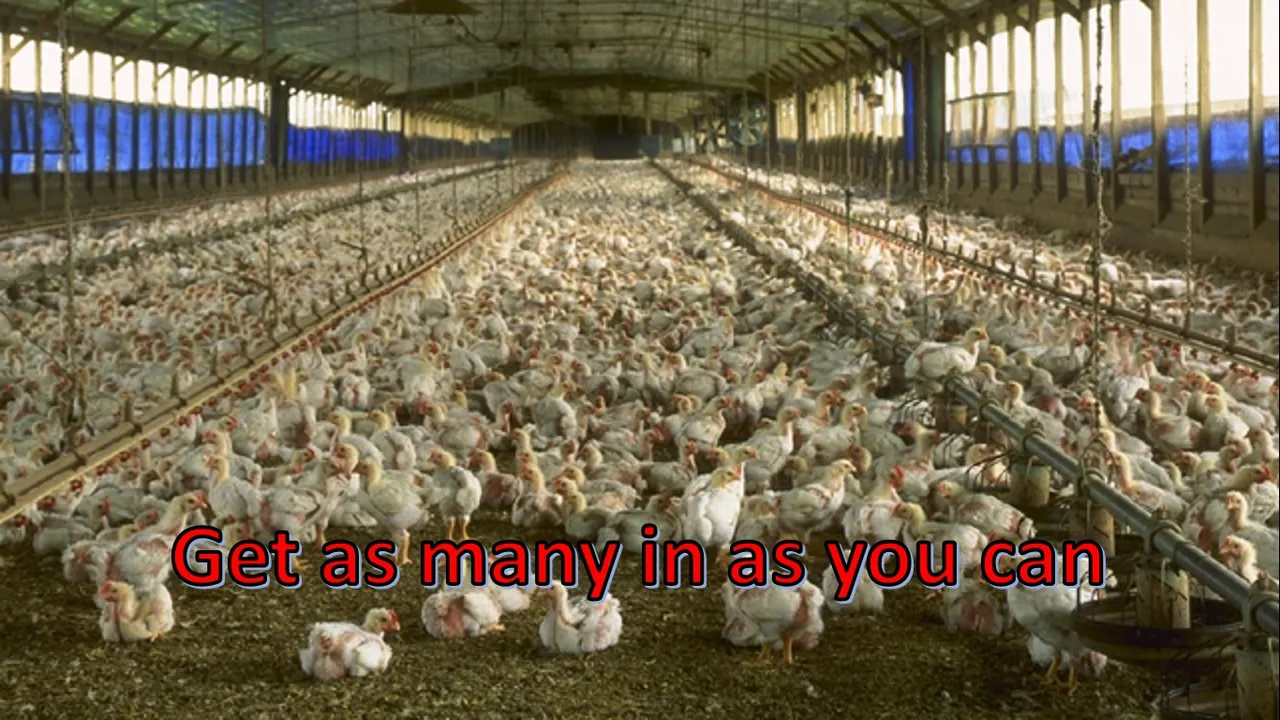
Chickens are one of the most abused animals in the world. More chickens are killed for food than all other land animals combined. Chickens are very social animals. They like spending time together. They enjoy activities such as roosting in trees, taking dust baths, scratching for food, and lying in the sun. Chickens raised on factory farms do not get to enjoy any of these activities Source.
In Australia, chickens are typically housed in large sheds. These sheds can contain as many as 60,000 chickens. There could be as many as 20 birds per square metre. The sheds are typically dimmed to reduce activity and prevent fighting amongst the birds Source.
Chickens are bred to be considerably larger than they were 20 years ago. Chickens appear to have been fed hormones, this has been denied by the government and farms. They claim the size difference is based purely on breeding and genetics of the chickens Source.
Whatever the case might be regarding their size. These chickens still suffer because of their body weight. Their large breast muscles put pressure on their underdeveloped legs. This additional pressure causes the chickens to crouch on the shed floor which causes ulcers on their skin. The added weight can cause damage to their bones and joints. The additional size can also cause damage to the chicken’s heart which can cause heart failure Source.
Chickens are also subject to beak trimming. The beak is cut and rounded at the end to prevent chickens from pecking each other. The beak trimming is often done using a hot blade. This procedure is often done several time during the chicken’s life, starting as earlier as the first day of life. The beak trimming is painful and causes distress to the chickens. The trimming also impairs the function of the beak Source.
Transportation is also often dangerous as the chickens are exposed to loud traffic noises and hot temperatures during the summer Source.
At the slaughterhouse the chickens have their throats cut and they are immersed in boiling water to remove their feathers. Sometimes chickens are still alive after having their throats cut and die very painfully in the boiling water Source.
Fish
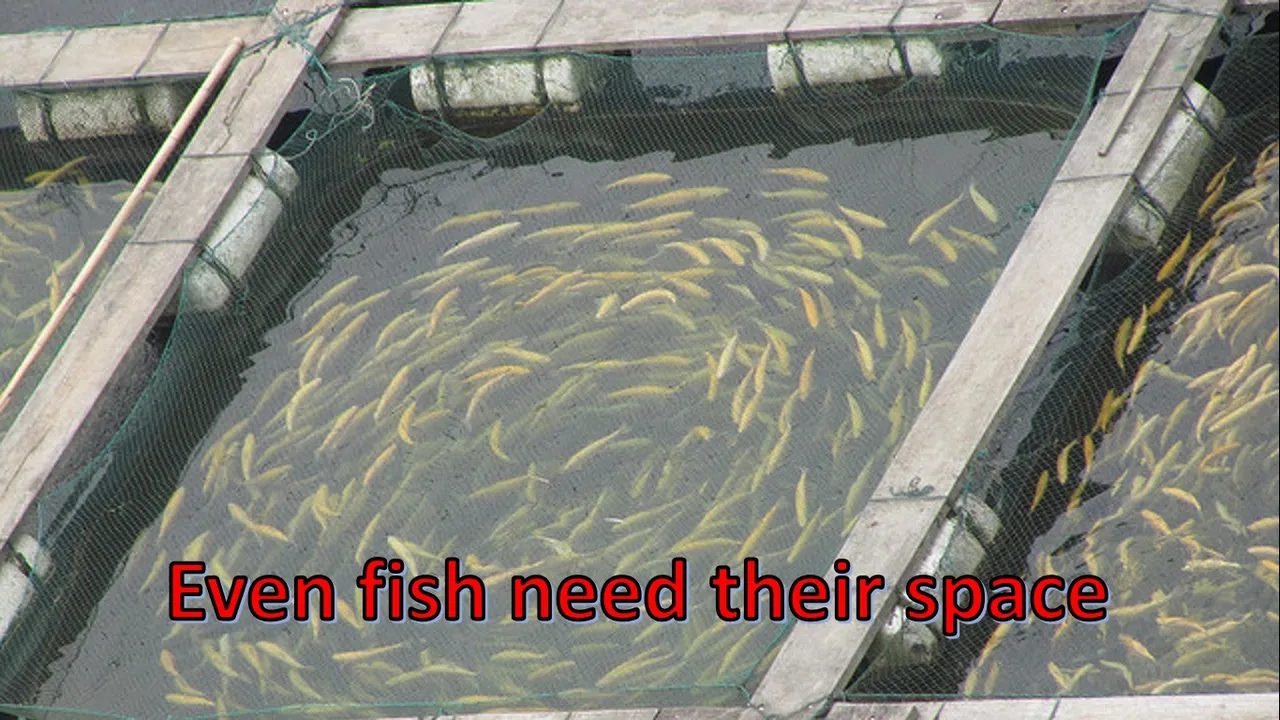
Fish are often forgotten when we think of animals that are abused for food. Fish suffer in a very similar way to mammals and birds. People struggle to relate to the pain that fish suffer as they do not display pain the same way that mammals do. They are unable to vocalise the pain that they are suffering. Fish, like mammals, have nerve endings. Fish also have chemicals for transmitting pain as well as receptor sites for anxiety-reducing chemicals Source.
Fish are actually quite intelligent animals. They able to learn from each other as well as even use simple tools. South African Fish lay eggs on leaves so that the eggs can be carried to a safe place Source.
More than half of all fish consumed are raised on fish farms. These farms are cramped and dirty. These conditions cause many fish to catch diseases such as parasitic infections or become injured because of lack of space Source.
For the fish caught from the wild, commercial fishing does not only catch the desired fish but also plenty of other animals as well. These animals include dolphins, whales, turtles, seals, and sharks Source.
Other animals
Many other animals that people eat also suffer. These animals include ducks, turkeys, goats and sheep. I will discuss these animals in separate posts at a later date.
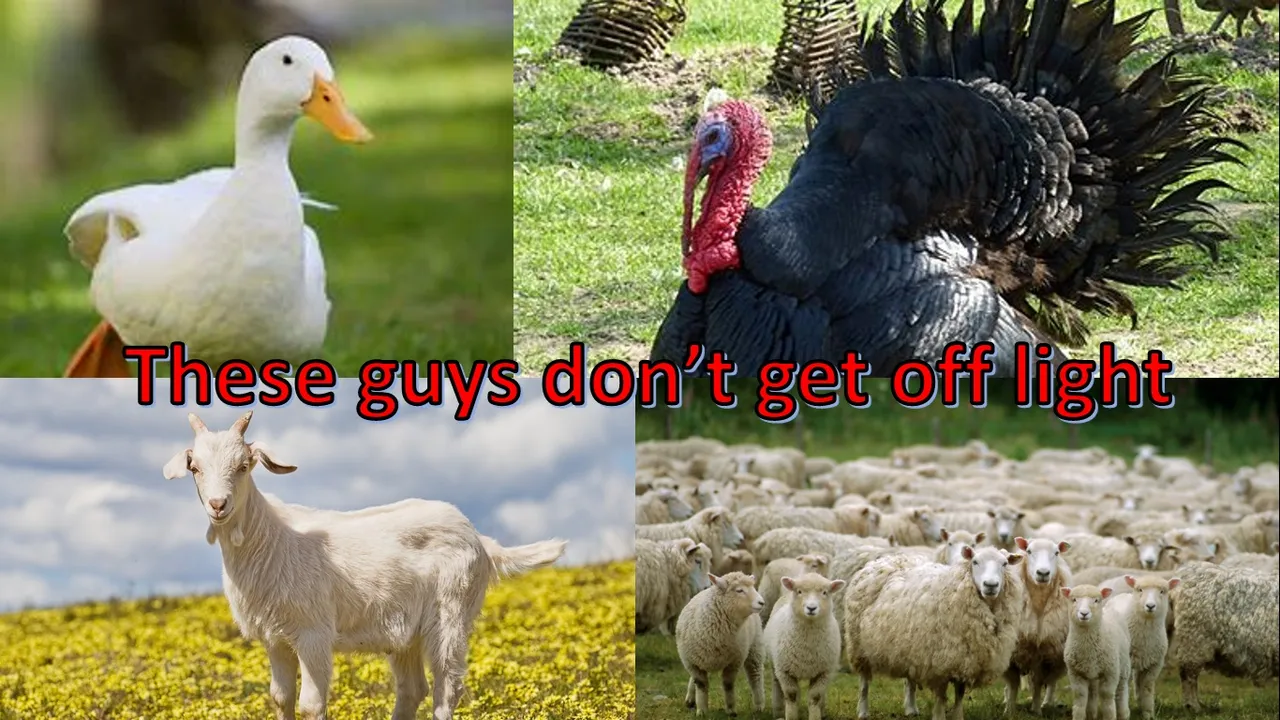
Animal Secretions
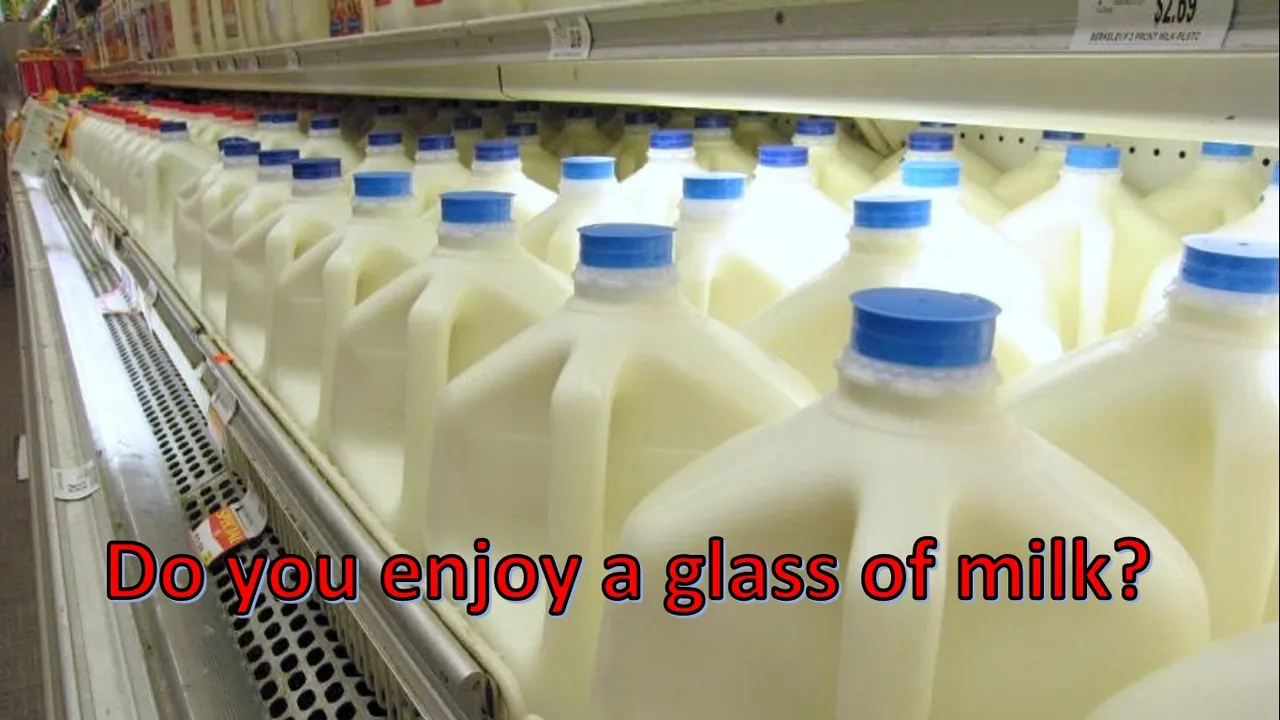
Animal secretions such as milk, eggs and honey are used by humans as food. Many people think that as animals are not being killed directly to obtain these secretions that cruelty or abuse does not take place. Unfortunately, as much cruelty occurs to obtain these secretions as to obtain animal meat.
Milk
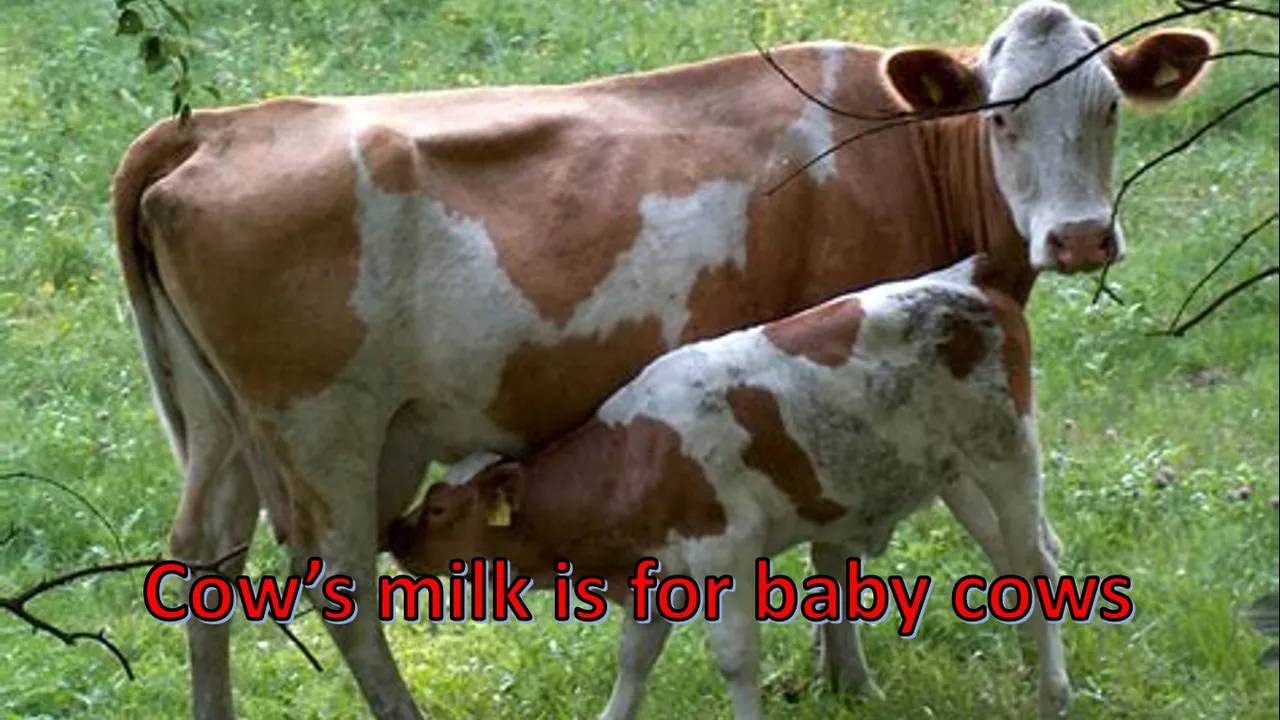
Dairy milk is typically obtained from dairy cows, though there are other sources of milk. For this post, I will just focus on milk obtained from dairy cows.
In order to keep producing milk, cows are forced into a lifelong cycle of being pregnant and giving birth. The calves are immediately separated from their mothers. The calves that are born male, as they are not able to produce milk in the future, are sent off to be killed and used to produce veal. Before being killed, they spend up to 4 months in small crates or pens Source.
After 4 to 6 years, dairy cows are considered ‘spent’ (too weak to produce sufficient quantities of milk). They are then sent to the slaughterhouse Source. Normally cows live up to 18 to 22 years Source.
Eggs

The abuse of chickens continues with the production of eggs. This starts right from the day the little chicks are born. Male chicks are placed on a conveyer belt where they are taken to their doom. These chicks are put through a shredding machine Source.
Female chicks do not get it any better. Female chicks are not killed immediately like the males but instead have a more drawn out suffering. They are born in incubators where they never see their mothers. They have their beaks trimmed (cut with hot blades). Many are then transported to sheds where they will never see daylight. Other chickens are put in crowded battery cages. Many chickens die in these cages and they are often left to rot. After about 2 years of suffering in sheds or cages, the chickens are taken away to be killed. They are strung up, electrocuted, throats cut, and then dropped into boiling water. Some chickens are still alive when they are dropped in the boiling water Source.
Bees
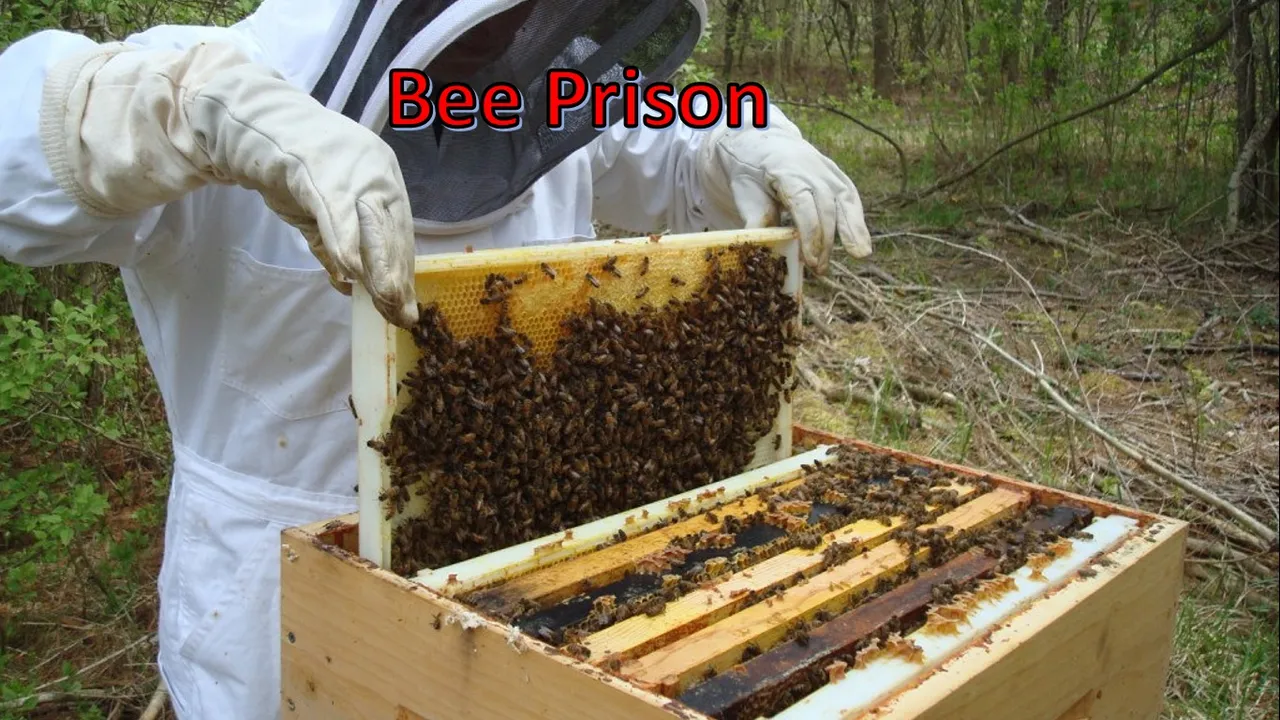
Bees collect and use nectar to produce honey. A worker bee will visit up to 10,000 flowers a day and produce about a teaspoon of honey in a lifetime. In a bee factory farm, bees are fed sugar water to produce honey. This honey is then taken from them Source.
Bees are very complex creatures. A honeybee hive consists of tens of thousands of bees. Each bee has its own mission that it needs to accomplish for the hive. Bees are also believed to have their own language based on sight, motion, and scent. Bees need to keep their honey in order to provide vital nourishment for themselves. This is particularly important in the winter Source.
The artificial bee hives disrupt the natural life cycle of the bees. Queen bees have their wings clipped and replaced every 2 years instead of living their natural life of about 7 years. Bees in artificial bee hives have been falling sick and dying of ‘colony collapse disorder’. It is unclear what is causing this disease. Possible candidates for the disease are bee management stress, inadequate forage/poor nutrition, and pesticide poisoning. This would not have happened to the bees in their natural environment Source.
Other animals exploited for food
I could not cover all the animals that are exploited for food. This post focused on just a few of them. I will included other animals in later posts. These animals will include orangutans, ducks, turkeys, sheep, goats, marine mammals, rabbits, kangaroos, crocodiles, alligators and dogs.
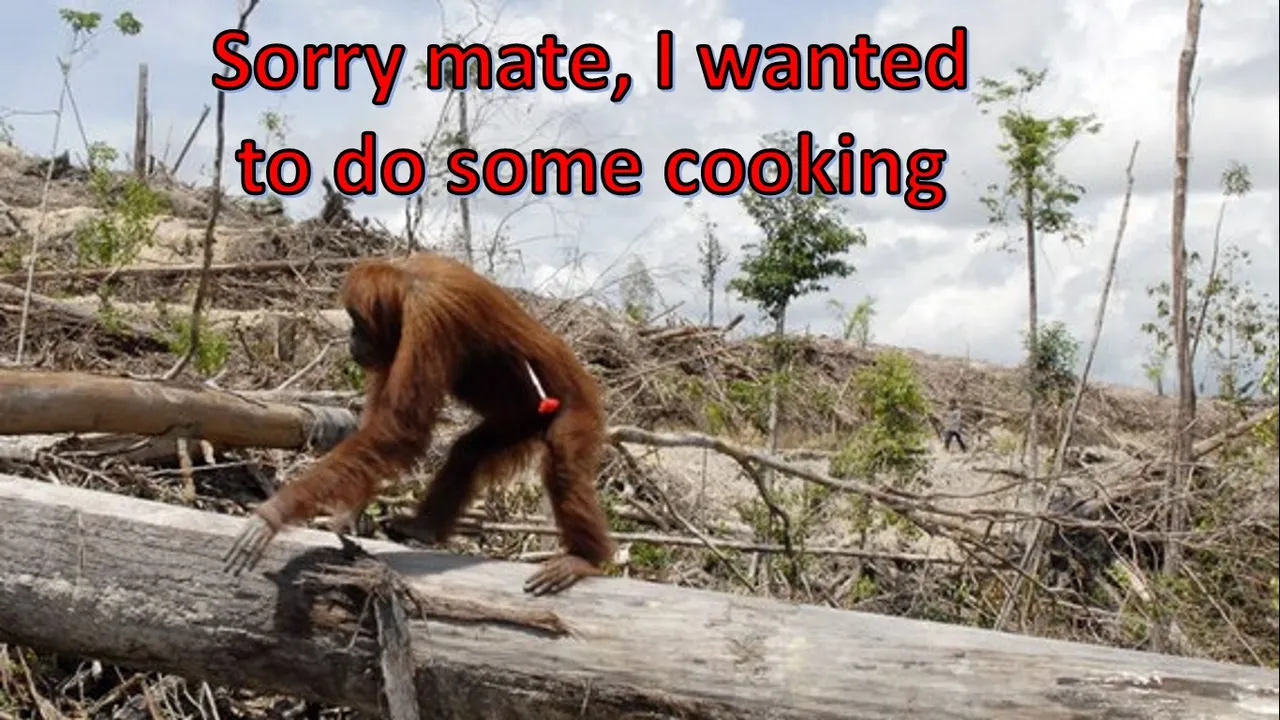
Conclusion
This brings me to the end of Part 4 of my series ‘five areas of abuse’. I hope you found this post informative. I have one post to go in this series. The final post will take a look at abuse in regards to the clothes we wear. After this series is complete, I will go back and look at particular areas of abuse in more detail. This 5 part series is only intended to give you an idea of where abuse is taking place and some of the suffering that humans inflict on animals. Thank you for reading.
If you want to read my other posts, you can access them using the links below.
Part 1 – Pets
Part 2 – Entertainment
Part 3 – Animal Testing











